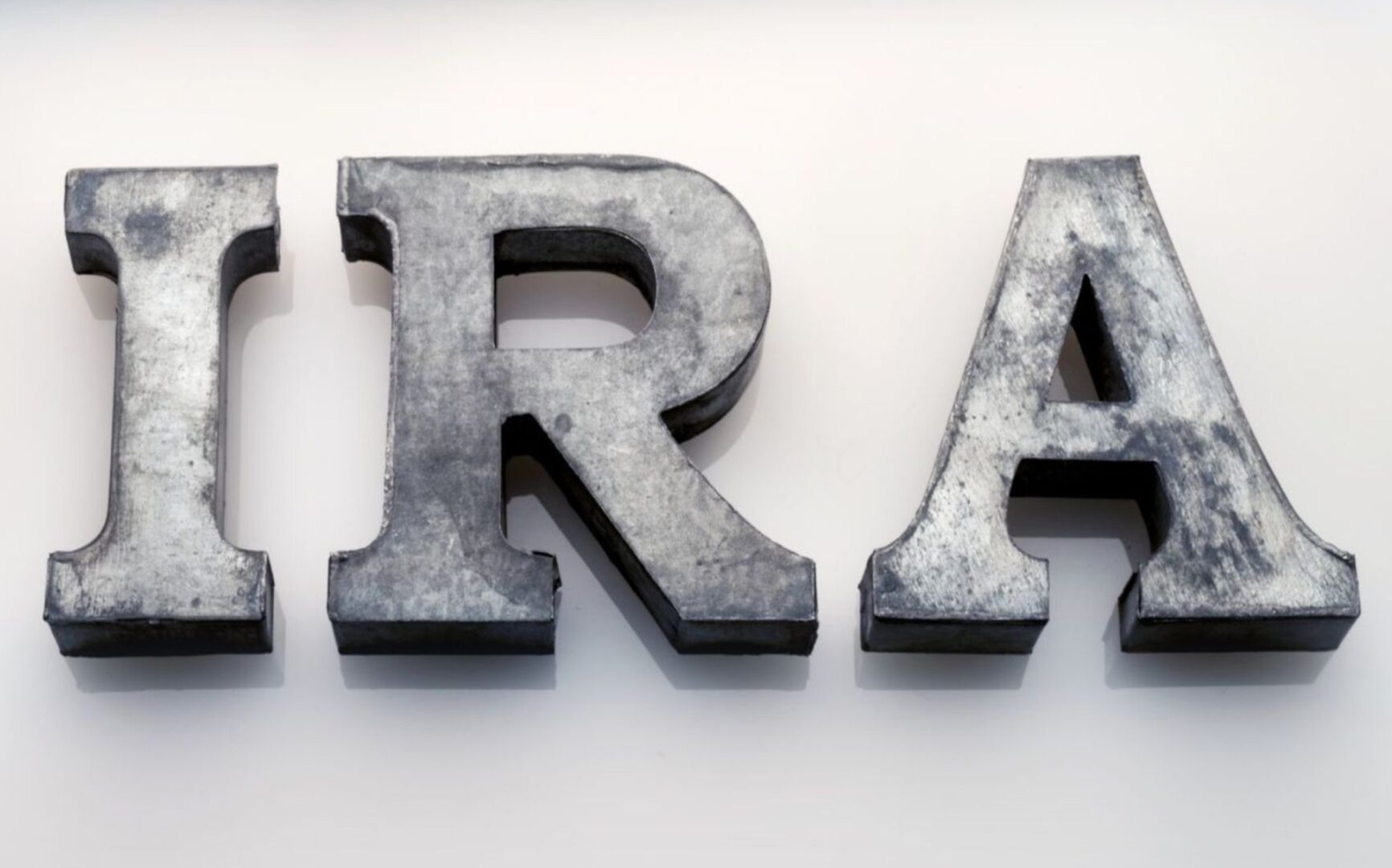
Investment Notes – Tailor Made for IRAs
When it comes to investing, everyone looks for an angle – a way to “beat the market” and get sizable returns with little risk.
Unfortunately, with publically traded stocks and bonds, there is never an opportunity to make a purchase at a discount, below market, or at wholesale. Of the almost $7 Trillion in IRAs, almost all investors chose to invest in lockstep based on advice from paid advisors, money managers, or through personal research. The fact that you are interested in notes, purchased at a discount, provides a great deal of separation from the masses.
Buying notes in a tax deferred account such as a Self-Directed IRA, or in special circumstances, within a 401(k) will likely accelerate your returns in ways that funds outside retirement cannot.
Many are drawn to the attractiveness of the rather passive nature of note investments as contrasted with real estate development, rehabbing and rental management. However, unlike direct real estate purchases, tools for reducing taxes such as depreciation and other expenses, and capital gain tax treatments are not available to the note buyer. The bottom line is that a 10% return can easily be
reduced to 7% or less once ordinary income taxes are applied to the gains.
As an example, an IRA holder purchased a mortgage-backed note with a principal balance of $110,000 at
a discounted amount of $75,000. The remainder of the note was amortized over 12 years at an 8% rate.
Total interest collected over the life of the loan was just over $61,000. All those funds were received without taxation to the individual or their IRA. In addition, if in a Roth IRA, there would be no taxation upon eligible distribution to them or their beneficiaries. Assuming the investor was in a 28% tax bracket, if the note was purchased outside their IRA, the returns would have triggered federal taxes of over $17,000, and worse yet, those funds would be unavailable to reinvest. IRAs provide a unique way to ensure that all the gains are available to reinvest without taxes, eliminating the need to jump through the hoops of 1031 exchanges and exhaustive tax strategies.
Within a self-directed IRA, notes are one of the fastest growing investment categories. Originating new notes, buying existing discounted notes, or buying partial notes are all possible within an IRA. Many buyers partner together on notes and the security instruments, either as tenants in common, or within an LLC or other syndication.
Notes held in IRAs are not limited to those backed by real estate securities. As pointed out in other articles on this site, mortgages from other properties may be substituted as collateral for a loan, but so can automobile titles, liquor licenses, boats and other personal property.
In order to access your IRA funds, you must open an account with an IRA administrator/custodian. The process is generally not too difficult, no different than opening an on-line trading account from a brokerage house. Once the funds are transferred from the current administrator, the self-directed funds can be requested to fund a purchase of notes. The IRA holder can nominate a loan servicer, including themselves, to monitor the payments, send payment reminders and review with the administrator the proper allocation of principal and interest for each payment.
All the revenues from the notes flow into the IRA, thus shielding that income from taxes until distribution (once again, Roth distributions may be tax free). You have freedom to use the funds as you wish, as long as you stay within the rules.
For those that believe that their odds of beating the market lay with understanding their investment and taking control – notes may be a good choice. Within a self-directed IRA, that choice will likely be even better.
Glen Mather is Founder and President of NuView Trust Company, a leading IRA Custodian holding over $900M in self-directed IRAs
